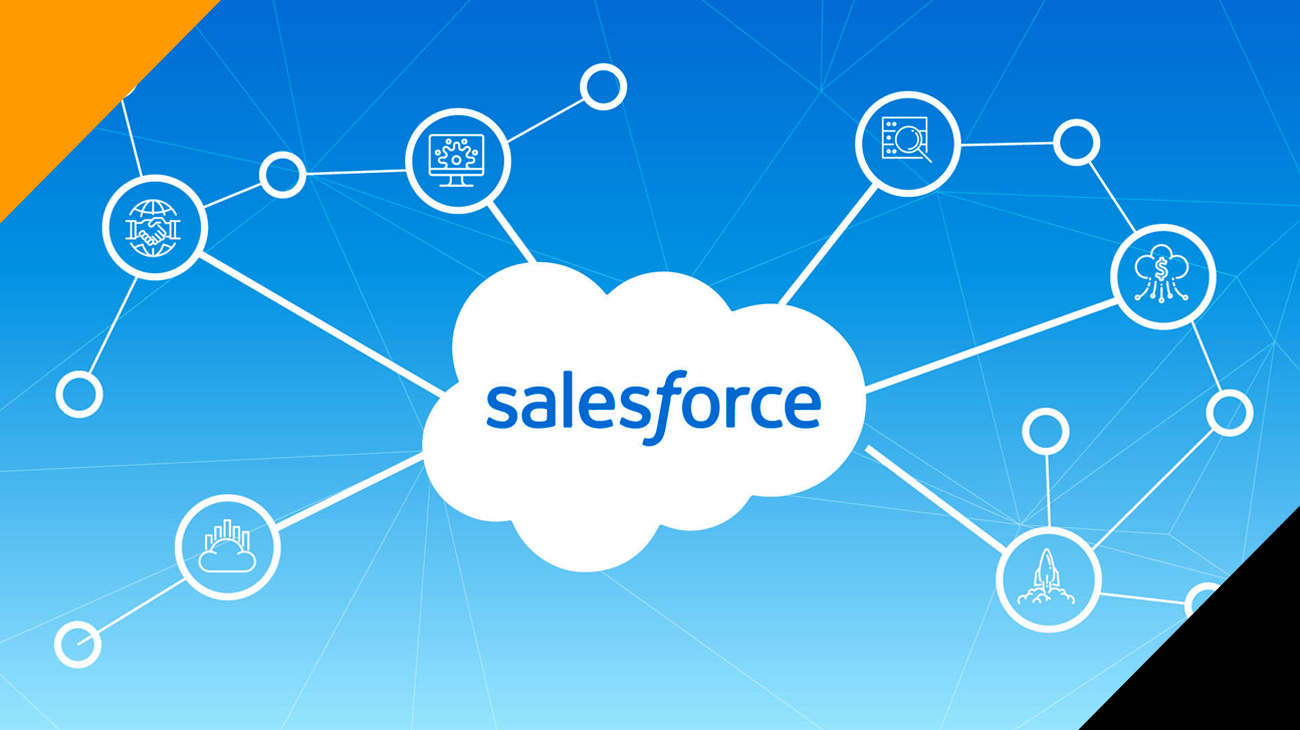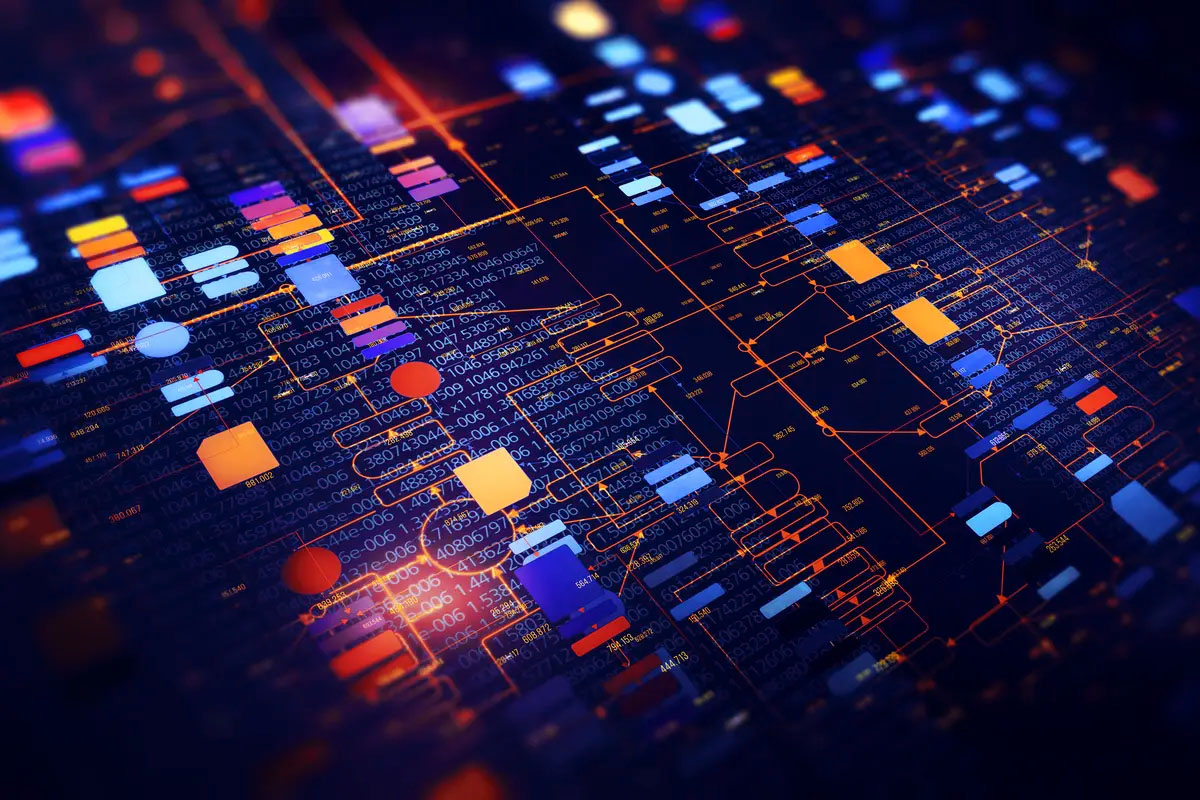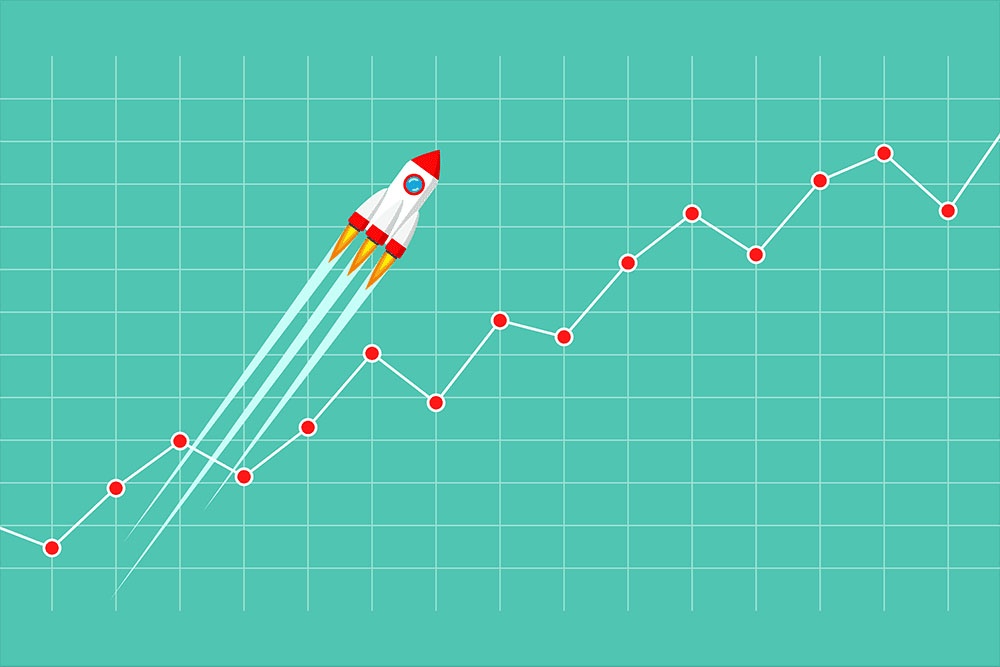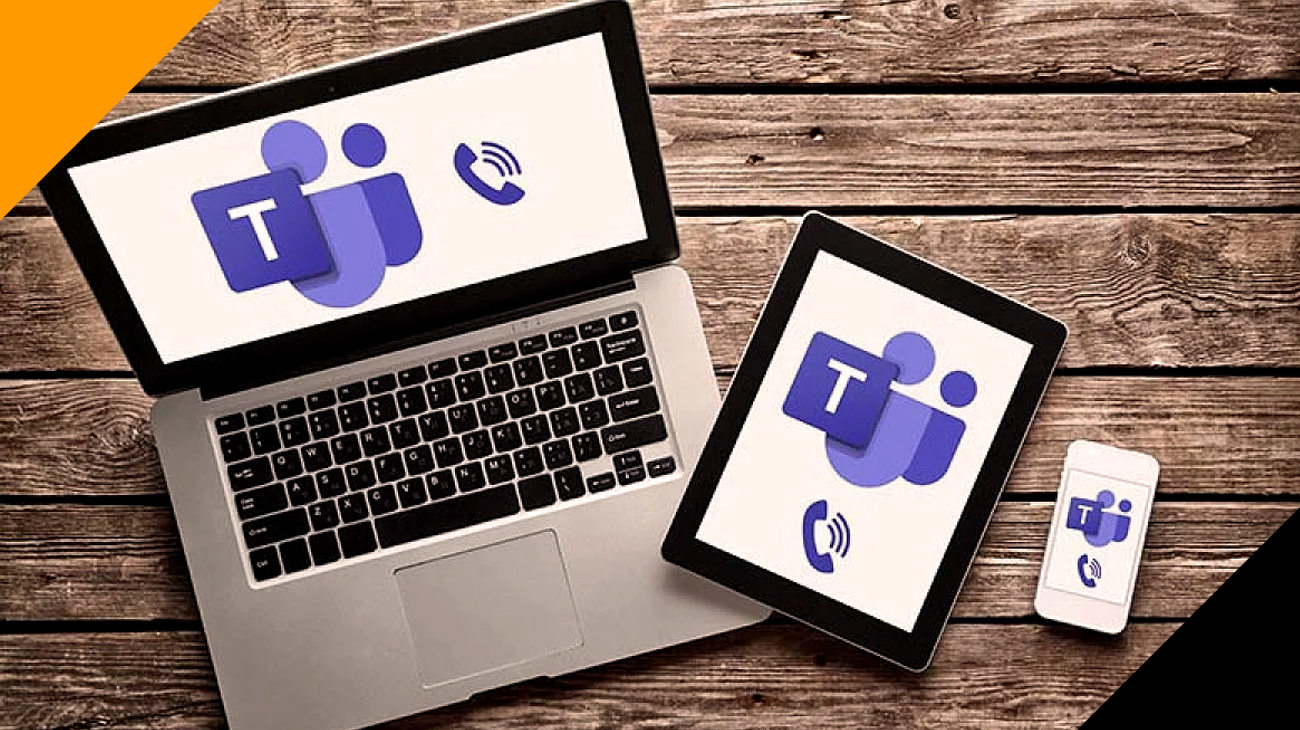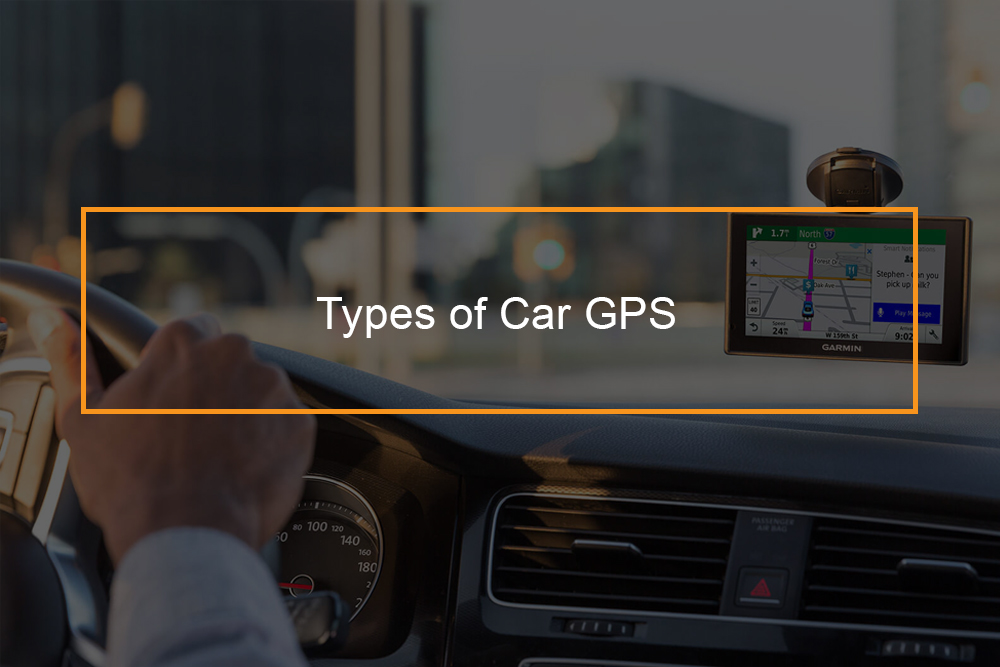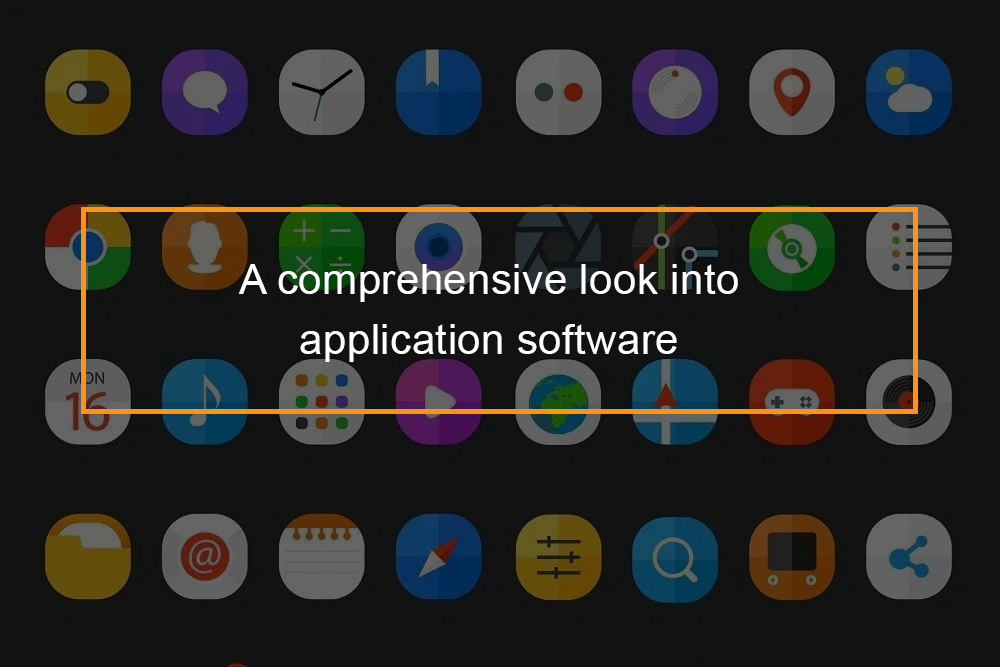
Determining the right application software for business or personal use can improve function and efficiency. If you don’t know your options, you could end up with something that doesn’t help your business or, worse yet, hurts your productivity, costing you time and resources. Understanding what kinds of application software are available to you, be they ready-made apps or custom app builds uniquely designed for your needs, will help you to more clearly assess all of your options.
What is application software?
Establishing what application software is
Application software also referred to as applications, or apps for short, cover an entire variety of programs that can operate on almost any device, from your desktop and your laptop to your smartphone and tablet. Application Software is generally more user-friendly than full-blown software, with a basic user interface (UI) and crucially, made with the end user’s best interests at heart.
The programs can be utilized for a huge array of various functions, from managing social networks to productivity software for developing and editing files or a web browser to navigate the internet, all the way to more sophisticated uses, such as enabling you to include entries into a database. Simpler apps with just one function are things like a gadget’s pre-installed calendar.
What is the importance of application software?
What’s important to know is that although the line between software and applications is blurred, there’s one significant difference in how the two work. Application software doesn’t use the computer’s core running system like utilities or upkeep programs that are normally pre installed on a computer or gadget do. Applications run completely independently and hence; they do not rely on the computer system’s core to supply them with info.
Functions of Application Software
Application software programs are created to assist in a range of functions, consisting of but not restricted to:
- manage information
- manipulate data
- construct visuals
- coordinate resources
- calculate figures
The different types of application software
Application Software categories
There are various kinds of software such as licensed, sold, freeware, shareware, and open-source. Application software should be installed or can run online. Software’s can be identified based on the following:
I. Basic Software Application Types
Data Processing Software: Flexible Tool
Word processing programs create text-based files. This set of software tools are the most versatile and extensively used. Word processors are used for developing memos, faxes, and letters. Word processing programs are also used to create reports and personalized pages online. Top three Word Processing Software: Microsoft Word, Lotus Word Pro, and Corel WordPerfect. Word processing programs have many functions making getting in, modifying and formatting composed files fast and exact.
Fundamental Features of Word Processing Software
Word processors have word wrap which moves the cursor indicating the next line when the current line is complete. This saves effort and time. Modifying accuracy and efficiency is also provided by this software. Consider the Thesaurus which gives synonyms, antonyms and associated words for picked words or phrases. The find and replace feature makes it possible for users to scan and replace chosen words or expressions.
The grammatical correction features of a word processing app
The inbuilt spelling and grammar checkers which make it ease locating words with spelling errors or capitalization, sentence structure or punctuation problems.
- The autocorrect feature can be used to make corrections of misspelt words.
- AutoText inserts words or sentences into the file at the exact point one desires.
- AutoComplete even guarantees the user does not even need to type the total word to include it in the file.
Format enhancing features of a word processing app
If looks matter, can your word processing program be far behind? Numerous functions within the word processor can enhance the format or appearance of any document in seconds. This consists of font appearance, font style size, character effects such as bold, italic, colors and shadow, alignment and lists. Permitting numerous users to edit the very same file using a feature called collaboration is another useful function of word processors.
Shared document modification features of a word processing app
Another feature is tracking changes which let you determine modifications to an initial document made by others, where their corrections and comments are visible. Data processing software involves the development of text-based documents which can be stored, modified and formatted easily. Additional word processing features consist of WordArt to modify document titles, hyphens, columns and text boxes for important information.
Report generation function of a word processing app
The majority of data processing software also generates reports and comes geared up with tools to develop figure captions, tables, headers, footers, endnotes and more. For web pages, word processors have predefined templates, hypertext links, and assistance for web pages.
Web-Based Applications: The Miracle of Application Service Providers
Application programs were at first owned by organizations or people while users are owning and keeping applications now using web-based apps.
How it Works: USP of Application Service Providers (APS)
The special website referred to as an application provider or ASPs allow users to access their application programs. Access is usually provided at a small fee. Web apps provide a collection of graphic illustrations including clipart drawings, diagrams, and photos. One can likewise pick items or parts of documents which can be removed from one product to another. From handwriting identification to spelling checkers and task panes, templates along with Wizards for particular jobs and voice acknowledgment, web-based applications offer everything needed to make developing documents a simple process. Accurate, error-free material is possible with spelling and grammar checkers. The ASP downloads or sends across a copy or part of the application onto the user where it is stored in his/her hard disk drive ready to be run. A copy remains there for some time up until the program is run and exited. There are even free ASPs.
Web-Based Applications: Making IT Work Well
Free general function applications can be accessed from any point in the world. Another included advantage? You can access information files from any location. Web-based applications consist of notes, calendars and individual details supervisors along with various games. Web-based applications might even outshine standard software as time passes. The only disadvantage? Well, privacy and security of personal information stored at the ASP is a concern. So is the speed at which the web changes. However, an advantage is that users no longer need to upgrade software on hard drives with the availability of newer versions.
Spreadsheets: Organizing Digits in the Digital World
Spreadsheets are used to create documents and carry out estimations. Spreadsheets were at first just utilized by accounting professionals; now they are used by marketing experts, trainees, teachers, and financial analysts. Most common spreadsheet programs used are Lotus 1-2-3, Microsoft Excel and Corel Quattro Pro.
Spreadsheet: IT Figures
Spreadsheets arrange, examine and chart/graph scientific information such as financial reports and spending plans. Spreadsheet programs are responsible for the manipulation of data and production of workbook files making up one/more related worksheets. A worksheet or spreadsheet is a rectangular shape grid of rows and columns converging to make cells. Text entries or labels supply a structure to the worksheet through descriptions. Numerical entries can be a number or a formula for computing and processing info; functions are prewritten formulas to perform computations. Spreadsheets involve varieties, text and numeric entries, functions, solutions, charts, calculations and what if analysis. There are varying chart types including line, pie, column and bar which form part of the spreadsheet. They likewise provide other advantages like titles, legends, and information labels.
Database: Relational Data
A database is a collection of relational information, which is an electronic version of a filing cabinet. A database management system is a program for establishing or structuring databases. Databases are used in workplaces, educational settings and organizations of different types. Three of the most extensively used DBMS created for microcomputers consist of Corel Paradox, Microsoft Access, and Lotus Approach. A relational database is used most commonly as a database structure. Every field in the database is designated a field size and information type. DBMS offers numerous tools to develop and utilize databases such as filters or requirements.
DBMS features
Features include tools for arranging, filtering, developing types, defining criteria and authoring reports. DBMS can bring information stored in separate tables through queries, forms, and reports. The question feature is a question or request for certain data included in the database while inquiries are used for viewing data in varying methods to examine and alter existing data. Database types replicate conventional print forms. DBMS are utilized mainly for listing reports such as sales summaries, sending by mail labels and phone lists. DBMS is created through a design where you create the fundamental structure of the system and workers can produce table structure through requirements of fields, information types as well as important primary fields.
Presentation: Pixel Perfect Pictures
Information is presented aesthetically through graphics that integrate numerous visual objects for producing intriguing and attractive discussions. These tools are likewise used for communicating convincing messages. Slides are utilized for electronic presentation. You can pick color patterns, slide layouts, special effects, animation, transitions, and builds.
Integrated Packages: All in One Program
An integrated package provides the performance of a word processing program, database supervisor, spreadsheet and much more. The disadvantage is that the capabilities of each function are not as substantial as private programs. An integrated package is a single program and using and changing between functions is quite convenient. Most typical integrated programs are Microsoft and Apple Works.
Software Suite: Application Software in a Group
A software suite is a group of application programs, and the four various types are efficiency, specialized, energy and personal. It is a collection of separate application programs bundled and sold as a group.
Business Matters: Productivity Suite
Productivity or organization suites contain professional-grade apps such as spreadsheet, DBMS, word processing program and more. Best acknowledged productivity suites are Lotus Smart Suite and Corel WordPerfect Office Suite.
Constructed for Home: Personal Suite
Personal or house suites contain individual software applications, programs planned for domestic or personal use. Some of the very best understood home suites consist of Microsoft Works Suite.
Specialized Suites: Specific Apps
These suites concentrate on specific applications made of graphics suites, monetary preparation suites and a lot more.
Utility Suite: Making Computing Easier
These suites are created to make computing much safer. It consists of the Norton Antivirus System and Norton Internet Security Suite.
Multimedia Software: One of a Kind
Multimedia software let users produce images, audios, and videos. Examples of these are Media Player.
II. Ownership Rights and Delivery Methods: Other Criteria for Distinguishing Application Software
Commercial Software
This has been set up in various computers by software makers and suppliers. A license is required to use it. The software is usually set up in more than one device. Demo versions of software might also exist.
Shareware
It is either free of charge or at a nominal fee. This kind of software can be gotten from online sources, For example, an MP3 player.
III. The Many Different Wares: Where Apps used negatively
As there are positive software applications, there are also negative uses of software used for dubious functions.
- Malware: This means destructive software. Most common types of malware include Trojan horses, worms and computer viruses.
- Adware and Spyware: they are other common types of software. Adware includes sponsored freeware readily available when you register. Often, adware tracks web surfing habits to become invasive and change into spyware. It keeps a log of all the sites you have surfed and creates ads which it feels are relevant to you. Unlike adware, spyware has an unfavorable connotation.
- Greyware: This is a term used to categorize all the software falling in between destructive software and other codes consisting of track-ware and spyware.
- Nagware: This describes software that comes in the type of turn up asking users to sign up for an item or purchase an app
- Bloatware: Software which has so many different functions that it needs substantial disk space and memory resources to run
- Slime ware: This describes software which hinders user experience by altering principal settings.
- Abandonware: Software which is no longer marketed or supported by software developers.
- Dribble ware: Software which has a lot of updates and patches.
What is the difference in between on-premise and hosted application software?
On-premise software is executed at an organization’s physical location, leveraging the hardware, IT infrastructure, and support of that company. The company’s IT department typically maintains and fixes problems related to the specific software.
Hosted application software, also referred to as software-as-a-service (SaaS), is software that is owned, delivered, and handled remotely through the cloud by a provider different from the acquiring company. Lots of organizations accredit these programs at the same time, and companies usually pay per user or via a subscription. One advantage of on property software is that it can be personalized to the individual company’s requirements more easily. However, hosted software programs generally allow users to scale up more quickly.
On-Premise
- Managed at organizations physical location
- Pay for license
- More customizable
Hosted
- Delivered Remotely
- Pay per user through a subscription
- Scales faster
What is the distinction between application software and an application platform?
Application software
Application software is an end-user program normally divided into two classes; applications software and system software. Systems software offers an operating system and utilities that enable software such as database programs, spreadsheets, web internet browsers, and more to run.
Application platform
An application platform presents services to an application and is made up of the set of tools an application relies on to run. Practically every application depends on other software to run, from database management software to cloud storage. This group of software is called an application platform. An application platform needs to support an application in every style, from single-user applications on a gadget to thousand-user applications in the cloud. Application platforms normally consist of the following services: an OS, execution services (such as libraries for running software), data services, cloud services, and advancement tools.
Application Software
- Single end-user program
- Database programs, spreadsheets, web browsers, and so on
Application Platform
- Group of software and services an application depends on to run
- Group of services to support the usage of database programs, spreadsheets, web browsers, and so on
Quick Base is an app platform that empowers developers to produce their finest software options. Through our low-code rapid app development software, we provide the tools needed to enact modification and enhance effectiveness. We are motivated by the belief that those who are most affected by software are those that should head the advancement thereof because they have the clearest sense of what is required and how they will be finest served.
How is system software different to application software?
System software refers to a computer program that runs a computer system’s hardware as well as application programs and user interfaces between real hardware and applications. An example of systems software is an operating system, which handles all other programs on a computer system.
How should I pick the right application software?
Conduct A Needs Assessment – Selecting a service that’s finest for your organization needs to start with a needs assessment in which you get feedback from supervisors, co-workers, partners, and suppliers. You’ll want to initially comprehend the problem the application software should fix, the kind of jobs and processes the option must favorably impact, and the target user for the option. A few of the things to think about as part of a requirements assessment are:
- Performance Needed
- Execution
- Assistance
- IT Infrastructure
- Worldwide know-how
- Rates & Return on Investment

